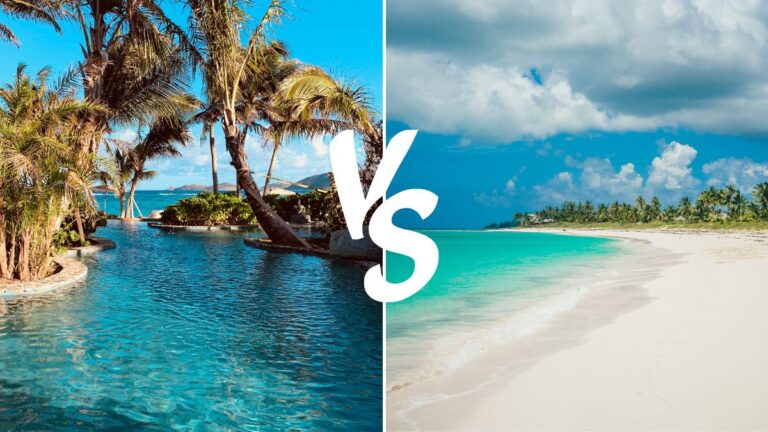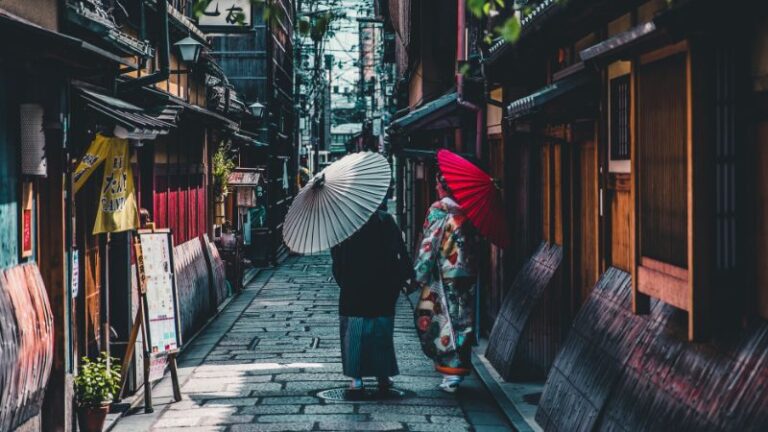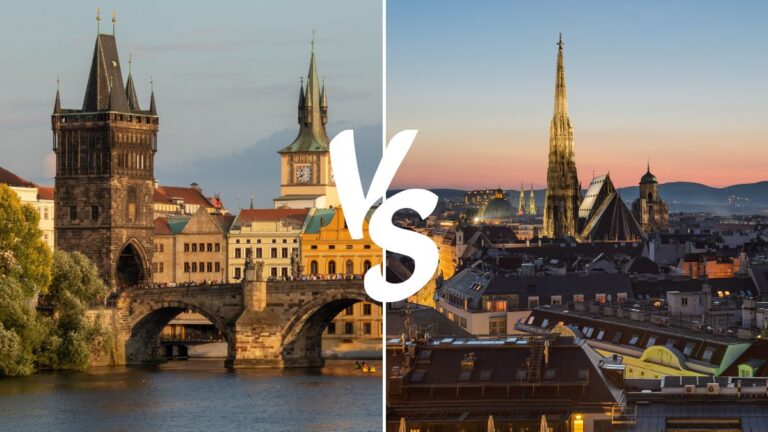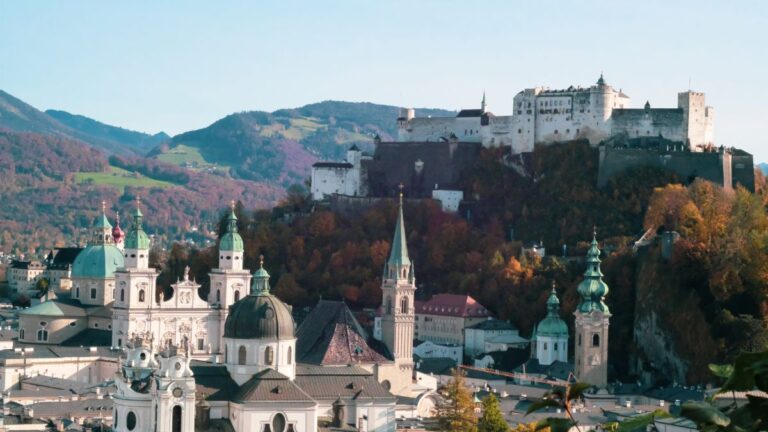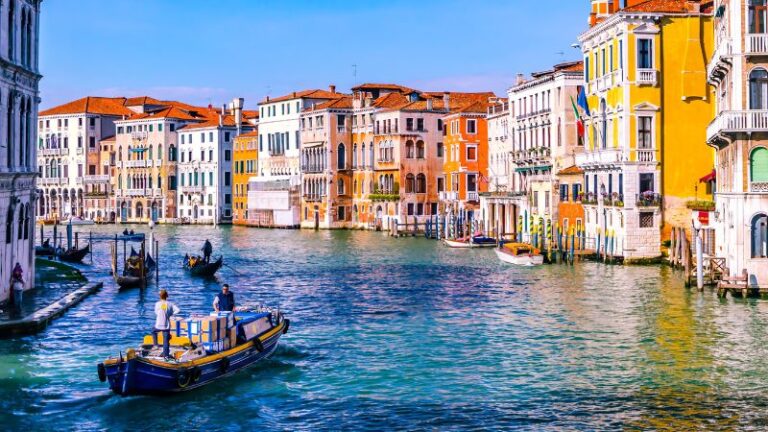50 Facts About India You Need to Know Before Traveling There
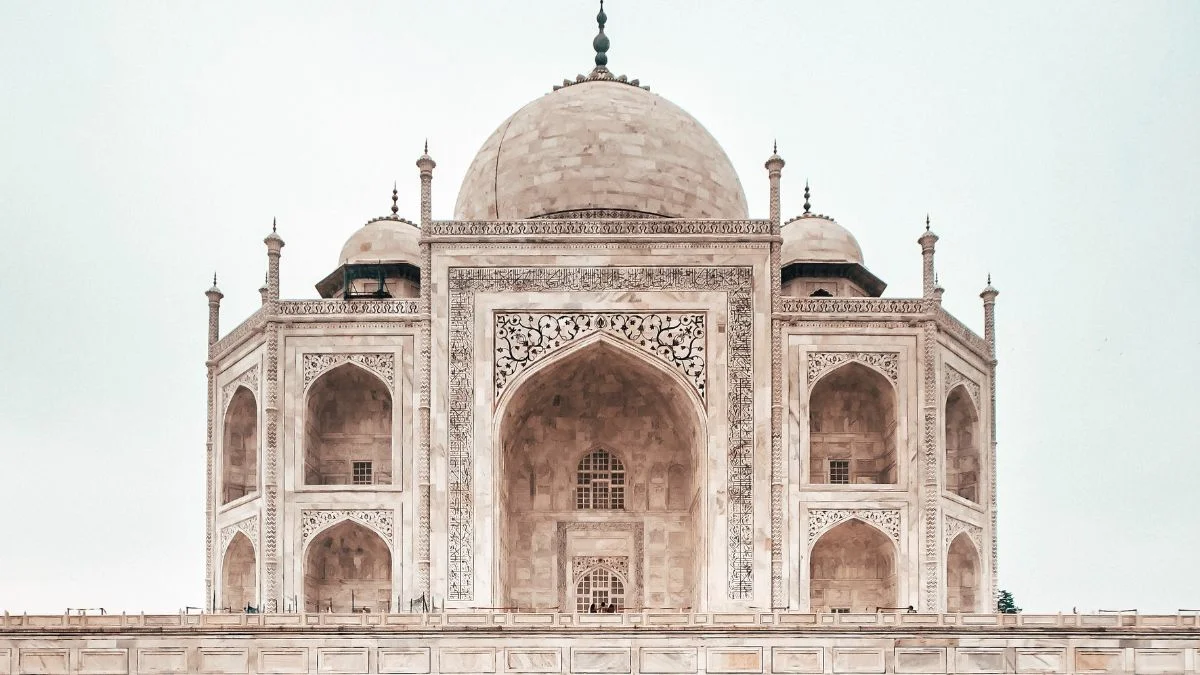
As participants in Amazon Associates and other programs, we earn from qualifying purchases. This comes at no additional cost to you. For more details, see our Affiliate Disclosure.
India, a country known for its rich cultural heritage and vibrant diversity, has a lot to offer to those who seek to learn about its intriguing history and unique traditions. From bustling city streets filled with mouth-watering cuisine to serene landscapes that cradle some of the world’s oldest civilizations, India’s stories are as colorful as its people. But beyond the kaleidoscopic festivals and architectural marvels, there’s a whole wealth of lesser-known facts that make this nation genuinely fascinating.
In this article, we delve into fifty such facts about India, each revealing a unique aspect of this beautifully complex country.
Second Largest Population: With over 1.3 billion people, India is the second most populated country in the world, only behind China.
Youngest Country: India has more than 50% of its population below the age of 25, making it one of the world’s youngest countries.
Home of Chess: The game of Chess was invented in India, originally called “Chaturanga” during the Gupta Empire.
Birthplace of Yoga: Yoga, a practice that promotes physical and mental well-being, originated in India around 5,000 years ago.
Varied Cuisine: India has a wide variety of cuisines, with each state having its own distinct food culture.
Diamonds Were First Mined Here: Until the 18th century, India was the only known source of diamonds in the world.
Largest Producer of Tea: India is the world’s largest producer of tea, with Assam and Darjeeling being particularly famous for their tea varieties.
Largest Number of Vegetarians: Due to religious and cultural beliefs, India has the highest percentage of vegetarians in the world.
The Concept of Zero: The concept of ‘zero’ in the numerical system was invented by the ancient mathematician Aryabhatta in India.
Largest Film Industry: Known as Bollywood, India’s film industry is the largest in the world in terms of films produced per year.
Diverse Languages: India has 22 officially recognized languages, with hundreds of dialects spoken across the country.
First University in the World: The world’s first university was established in Takshashila, India, in 700 BC.
Largest Postal Network: India has the largest postal network in the world, with over 155,000 post offices.
Largest Democracy: India is the world’s largest democracy, with over 800 million eligible voters as of 2021.
Festivals: India celebrates thousands of festivals annually, showcasing the country’s cultural and religious diversity.
National Symbols: The national animal of India is the Bengal Tiger, the bird is the Indian Peafowl, and the flower is the Lotus.
Cows Are Considered Sacred: In Hindu culture, which is practiced by the majority of Indians, cows are revered and considered sacred.
Golden Temple Feeds Thousands Daily: The Golden Temple in Amritsar feeds over 100,000 people every day, regardless of religion, race, or class.
High Biodiversity: India is one of the 17 mega biodiverse countries, housing 7.6% of all mammalian, 12.6% of avian, 6.2% of reptilian, and 6.0% of flowering plant species.
Indian Railways: India’s railway network is one of the largest and busiest in the world.
Kumbh Mela Gathering: The Kumbh Mela, a Hindu pilgrimage, is the world’s largest gathering of people, visible even from space.
India’s Mars Mission: India is the first Asian nation to reach Mars orbit, and the first in the world to do so on its first attempt.
Wettest Place on Earth: Mawsynram, a village in Meghalaya, is officially the wettest place on earth.
A Floating Post Office: India has a floating post office on Dal Lake, Srinagar, which was inaugurated in 2011.
Chand Baori Stepwell: One of the world’s deepest stepwells, Chand Baori, located in Rajasthan, has 3500 narrow steps and is 13 stories high.
Shampooing is an Indian Concept: The word ‘shampoo’ derives from the Sanskrit word ‘champu,’ which means to massage. The concept originated in India in the 16th century.
India’s Calendar: The Indian national calendar, also known as the Saka calendar, is used alongside the Gregorian calendar by the Government of India.
India’s Space Film: India’s first space film, ‘Chandamama Door Ke,’ was released in 2023.
Polo Originated in India: The sport of Polo is believed to have originated in Manipur, India, and was later adopted by the Persians.
A Land of Snakes: India has over 270 species of snakes, with around 60 of them being highly venomous.
Birthplace of Major Religions: Four of the world’s major religions originated in India – Hinduism, Buddhism, Jainism, and Sikhism.
World’s Largest Producer of Milk: India is the world’s largest milk producer, with a significant percentage coming from buffalo milk.
Lonar Lake, a Mystery: Lonar Lake in Maharashtra is a saltwater lake that was created by a meteor hitting the Earth and is one of its kind in India.
India’s Literacy Rate: As of 2021, India’s literacy rate was 77.7%, with Kerala having the highest literacy rate among all states.
Taj Mahal: The Taj Mahal in Agra, a symbol of love, is one of the Seven Wonders of the World.
Chenab Bridge: The Chenab Bridge in Jammu and Kashmir is the world’s highest rail bridge.
Indian Spice Trade: India is known as the home of spices and is the world’s largest producer and consumer of spices.
Jana Gana Mana: The national anthem, ‘Jana Gana Mana,’ was written by Nobel laureate Rabindranath Tagore.
Bharatanatyam Dance: One of the oldest dance forms in India is Bharatanatyam, originating over 2,000 years ago.
Ayurveda Originated in India: Ayurveda, the ancient system of medicine, originated in India and is still practiced today.
India Never Invaded Any Country: In her last 10,000 years of known history, India has never invaded any country.
India’s Border: India shares its border with seven countries: Pakistan, China, Nepal, Bhutan, Bangladesh, Myanmar, and Afghanistan.
Indian Peacock: The Indian Peacock, known for its colorful and iridescent tail feathers, is India’s national bird.
Rivers of India: India has seven major rivers, the longest being the Ganges.
Indian Cuisine: Indian cuisine is known for its extensive use of spices and flavors and has influenced cuisines around the world.
Snake Charmers: Snake charming was once a common practice in India, although it’s now largely outlawed due to animal rights issues.
The Banyan Tree: The national tree of India is the Banyan tree, a symbol of immortality in Hindu mythology.
Kerala’s Backwaters: Kerala’s backwaters, a series of lagoons and lakes, are a major tourist attraction in India.
Indian Handicrafts: Indian handicrafts, known for their quality and uniqueness, are an important part of the Indian economy.
The Himalayan Range: India is home to the majestic Himalayan Range, which includes Mount Everest, the world’s highest peak.
Each of these facts brings a different dimension to the diverse, vibrant, and intriguing tapestry of India, painting a captivating image of this unique nation.

